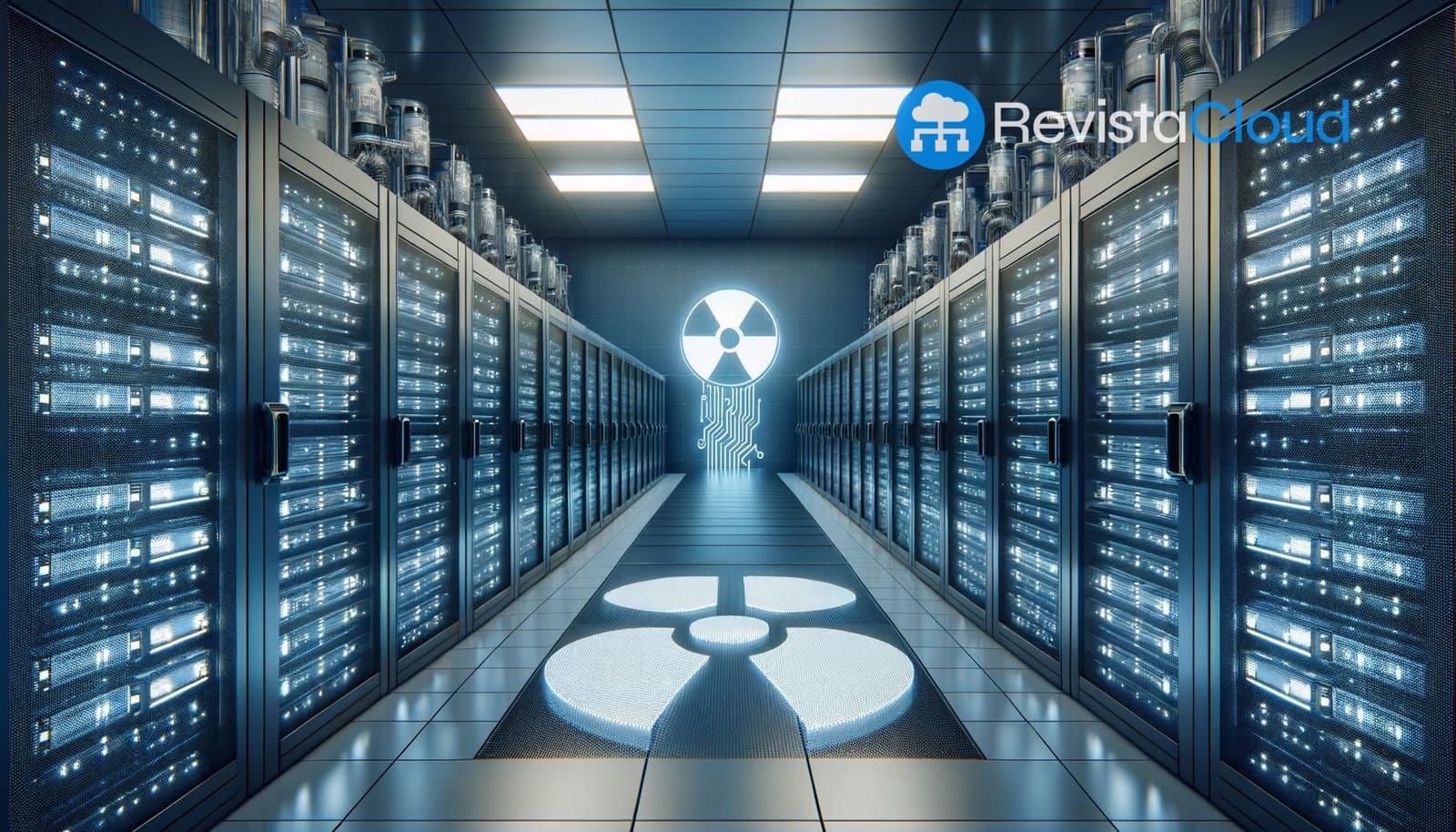This Saturday, Taiwan will hold a decisive referendum on the possible restart of Reactor No. 2 at the Maanshan nuclear power plant, which was shut down in May. The poll, promoted by the opposition Kuomintang (KMT) and Taiwan People’s Party (TPP), aims to reverse the nuclear dismantling policy promoted by the ruling Democratic Progressive Party (DPP), which committed to deactivating all reactors before 2025.
Amid this voting process, key figures in NVIDIA’s supply chain have expressed concern about the referendum’s implications for energy stability, which is crucial for maintaining semiconductor production.
A tech island with a thirst for reliable energy
Taiwan is the global hub for chips: TSMC and other companies in Hsinchu Science Park produce over 60% of the world’s semiconductors. However, its increasing dependence on imported energy—more than 97% comes from abroad, mainly gas and coal—creates vulnerabilities to blockades or disruptions during geopolitical crises.
Since 2024, nuclear power accounted for only 4% of the electricity supply, while renewables made up just 11.6%. The shutdown of Maanshan Reactor No. 2 in May officially marked Taiwan as a “nuclear-free homeland,” fulfilling one of the DPP’s goals.
Nvidia joins the energy debate
According to a recent Digitimes article, executives connected to NVIDIA’s supply chain shared critical views on the referendum. Although no names were mentioned, the publication makes it clear that the tech sector is paying close attention—energy is a key element to sustain high levels of AI computing and chip manufacturing.
Additionally, NVIDIA CEO Jensen Huang spoke in June: “Taiwan should invest in nuclear energy… we need all forms of energy, including wind, solar, and nuclear,” emphasizing the urgency of diversifying the energy mix.
Public opinion and social mobilization
The vote has sparked strong citizen mobilization. Last Saturday, about 300 protesters marched in Taipei, led by environmental groups such as the Taiwan Environmental Protection Union (TEPU), along with leftist parties, calling for a “no” to restarting the reactor due to seismic and anthropogenic disaster risks.
Supporters of the restart argue that removing nuclear energy increases reliance on imported fossil fuels and threatens energy security amid potential geopolitical crises.
A crossroads: energy, security, and technology
The referendum presents Taiwan with a paradox: how to balance the transition to renewable sources with the need for reliable energy in strategic sectors like technology. Semiconductor energy consumption is projected to double by 2030, surpassing the entire energy demand of countries like New Zealand.
The 2021 rejection of reactivating the Lungmen Nuclear Power Plant (Fourth Nuclear Plant) already showed social resistance to nuclear energy, especially after incidents like Fukushima. This new referendum encapsulates that historical fatigue versus the pressing technological needs.
Frequently Asked Questions
1. What reactor is voted on for restart in the August 23 referendum?
Voters are deciding whether Reactor No. 2 at Maanshan nuclear power plant should be reactivated, provided safety risks are confirmed to be low.
2. Why is this referendum relevant to the tech industry?
Taiwan is the heart of the global semiconductor manufacturing industry, which critically depends on a stable and constant power supply. An energy failure could halt essential factories.
3. What percentage of Taiwan’s energy is currently generated by nuclear?
In 2024, only about 4% of electricity came from nuclear power. The majority—over 83%—comes from fossil fuels, while renewables account for just over 11.6%.
4. What is Nvidia’s stance on nuclear energy in Taiwan?
CEO Jensen Huang publicly supported Taiwan including nuclear power as part of its energy matrix, alongside renewables, to maintain technological competitiveness.
via: nuclear-news and Taipei Times

